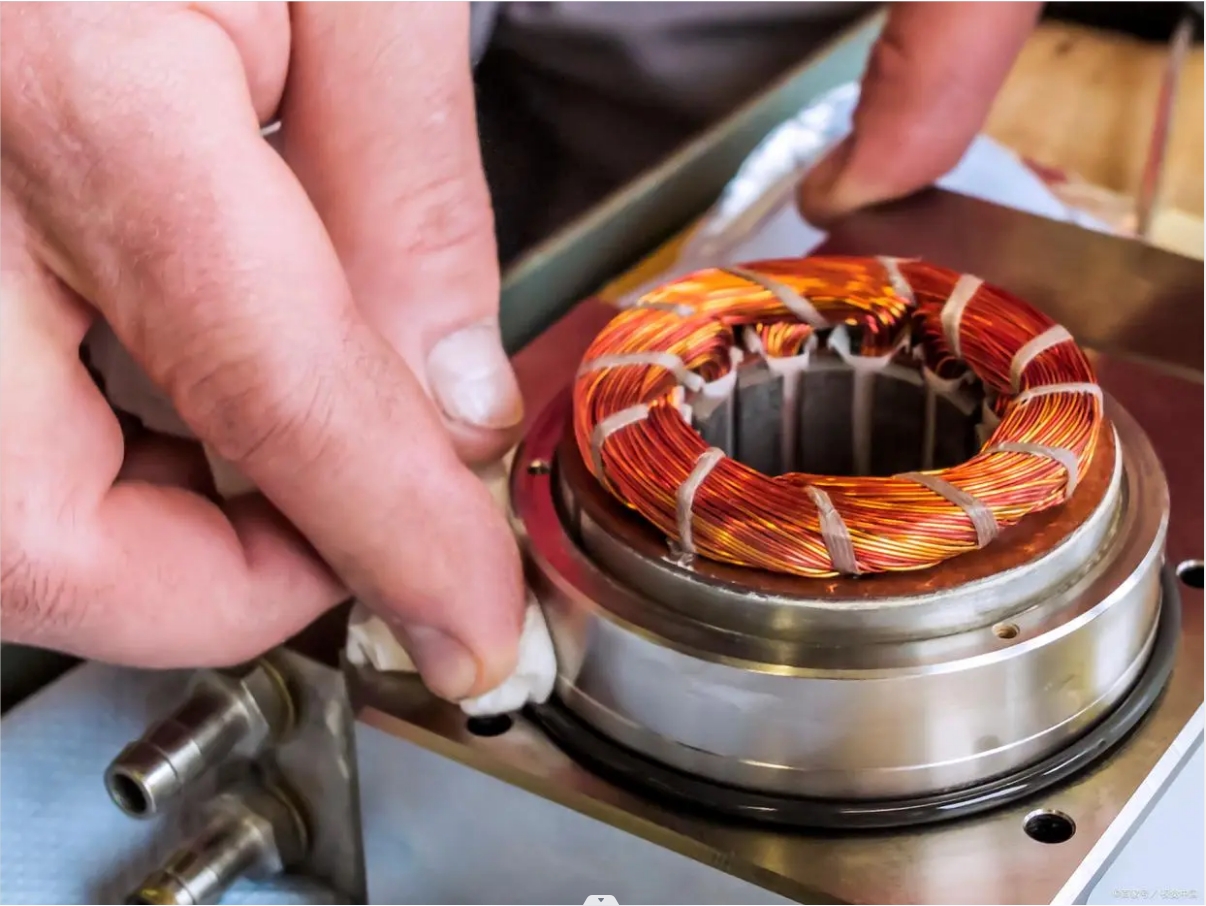News
Why do transformers have high frequency and low frequency?
The reason why transformers are divided into high frequency and low frequency is mainly because of their different design and application needs, which involve physical principles, material properties, efficiency and cost. The characteristics and uses of high-frequency transformers and low-frequency transformers are explained below:
1. Working principle:
- Low frequency transformers: usually operate at a power frequency of 50Hz or 60Hz, these are the standard frequencies of most power grids. Low frequency transformers are used in conventional power transmission and distribution and are commonly found in household and commercial power grids.
- High-frequency transformers: operate in the frequency range from a few kilohertz to hundreds of kilohertz, or even higher. High-frequency transformers are mainly used in switching power supplies, electronic equipment and communication equipment.
2. Material properties:
- Low-frequency transformers: Silicon steel sheets are usually used as core materials because silicon steel sheets have good magnetic permeability and low hysteresis loss at low frequencies.
- High-frequency transformers: Ferrite or similar magnetic materials are usually used to make the core because these materials have higher impedance to high-frequency signals and reduce eddy current losses.

3. Size and weight:
- Low-frequency transformer: Because it operates at low frequency, it requires a larger magnetic core and more windings to provide sufficient inductive reactance, resulting in a larger size and heavier weight.
- High-frequency transformers: At high frequencies, transformers are able to achieve the same power conversion efficiency in a smaller size, so they are usually smaller and lighter than low-frequency transformers.
4. Efficiency and cost:
- Low-frequency transformers: In traditional power systems, in order to reduce losses during transmission, low-frequency transformers are designed to be very large and heavy to maintain high efficiency, but their manufacturing and transportation costs are therefore higher.
- High-frequency transformers: High-frequency transformers can be smaller and thus generally less expensive, making them suitable for mass production and integration into electronic equipment.
Categories
Contact Us
- 0086 13923119482
- info@eeiotransformer.com
- 0086 13923119482
![1000W 220V to 110V Transformer [With Voltage Display]](/pic/small/2024-3-14-20-56-39.jpg)
![1000W 110V to 220V Transformer [With Voltage Display]](/pic/small/2024-3-14-20-51-54.jpg)
![Type B Floor Heating Power Control Box [Soft Start + Power Statistics]](/pic/small/2024-3-14-20-48-0.jpg)
![Type A Floor Heating Power Control Box [Soft Start + Power Statistics]](/pic/small/2024-3-14-20-46-35.jpg)